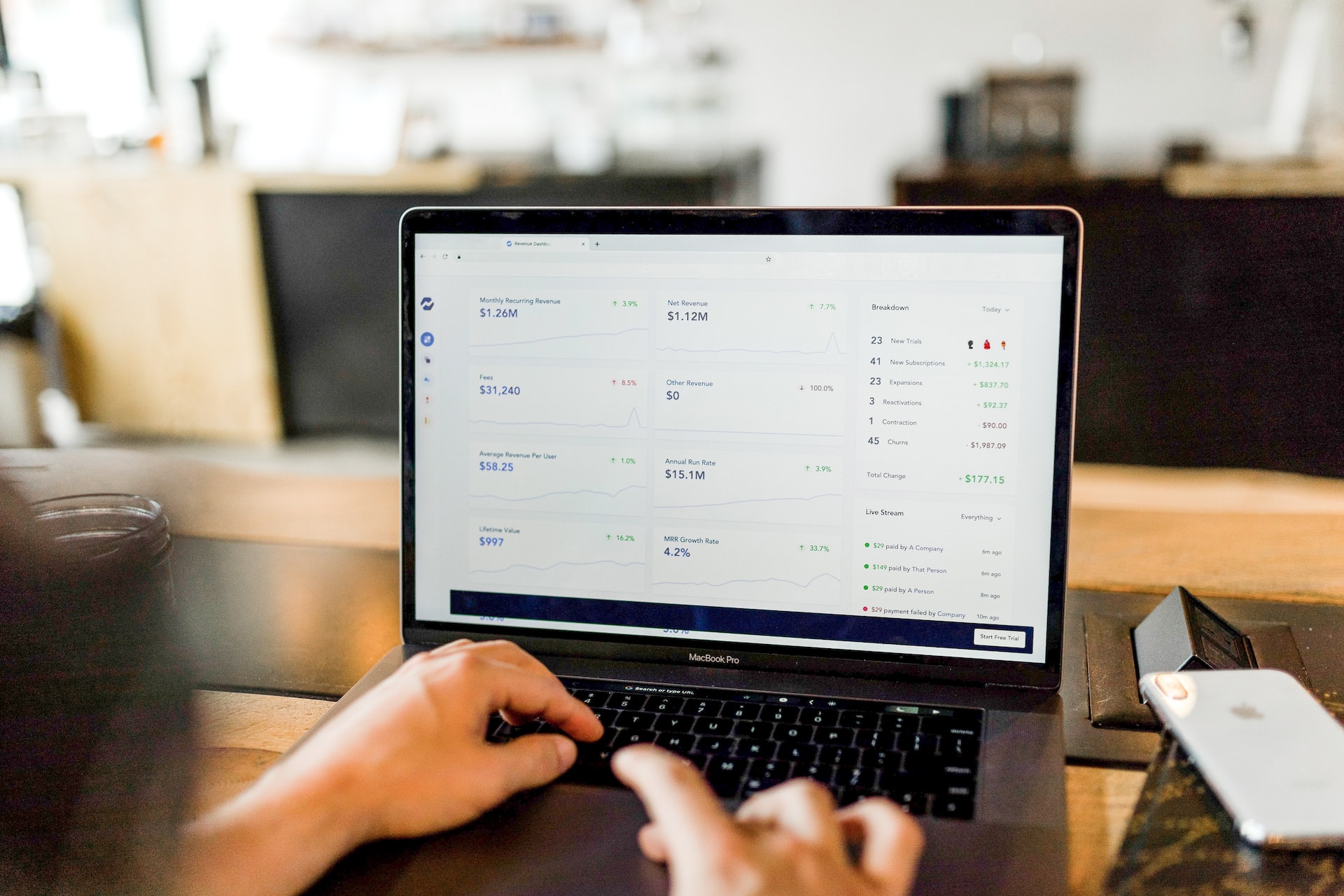
The Significance of Impact Measurement in Business
The Significance of Impact Measurement in Business is a topic that can be explored in many ways. One of the ways that you can explore this topic is by looking at the different ways you can evaluate the impact your business has on your customers, suppliers, and the environment. You can also look at the positive and negative effects of your business on the people around you. If you’re looking for a more strategic way of making decisions about your company, consider impact measurement. This kind of assessment has several advantages and can help you determine how to serve your customers better, strengthen your brand and develop business strategies that will positively affect the environment.
Bottom-up approach
In today’s modern workforce, there are numerous examples of organizations using bottom-up approaches to impact measurement examples in business. It is a more engaging approach that encourages employees to contribute to the company’s overall goals. When implementing bottom-up approaches, companies must consider their own culture and environment. Employees’ attitudes and personalities must be taken into consideration as well. Bottom-up approaches may only work for some organizations but can positively affect your business. Using this method can improve employee engagement, collaboration, and innovation. The top boss should know how the project fits into the company strategy. All employees are encouraged to share their ideas and provide feedback. These ideas can help the top boss better understand what needs to be done to accomplish the task.
Bottom-up management can also ensure that your data-backed initiatives significantly impact your business. This includes identifying and addressing employee training needs. For example, the right technology tools can help your team collaborate more effectively. Bottom-up approaches can also increase employee morale. Giving all employees a voice will make them more likely to trust their supervisors and feel more invested in the company.
Earning trust with key stakeholders
In a world of increasing stakeholder activism, trust is a foundation for organizations to survive and thrive. Increasingly, stakeholders are demanding accountability for their ESG initiatives. To earn the trust of these stakeholders, companies need to build and manage relationships at the enterprise level. The first step in building trust is to identify the key stakeholders in the organization. These include employees, investors, regulators, communities, and suppliers. A company needs to communicate effectively with all these groups. Once trust is earned, an organization can elevate its confidence over time. One of the essential tools that a company can use to build trust is impact measurement. Impact measurement is a process that helps organizations measure how their efforts are affecting traditional financial performance indicators. Creating a trust measurement program allows leaders to benchmark the status of their organizations against other industries and sectors. They can then identify areas of focus to prioritize. By measuring the impact of their ESG efforts, companies can demonstrate their value and effectiveness and break a cycle of skepticism. Defining a timeline for the trust measurement effort is essential. Companies should consider how long it will take for the program to reach its objectives and budgetary parameters. This will allow them to anticipate issues before they become significant.
Connecting impact metrics to decision making
When companies report on environmental and social metrics, investors need to know that these impacts are an integral part of the company’s overall strategy. However, this is challenging to do. Financial and ESG reporting are separate systems that tell two very different stories. This can lead to a disconnect between the two types of data. Hybrid metrics can bring the two types of reporting together. They use existing financial metrics to measure a company’s environmental and social impact. They can help companies better understand their performance by linking these social and economic metrics. Ultimately, they can increase the accuracy of earnings forecasts. However, they should not be used as a substitute for other methods of tracking corporate social impact. Companies that use hybrid metrics must ensure that they are robust and accurately reflect a business’s social and environmental effects. This means that they must be verified through quantitative analysis. In addition, they must demonstrate a clear causal connection between social and financial performance. These metrics need to be consistent and reliable across industries. A shared decision-making framework is essential to help corporations and investors make the best choices.
Assessing the positive and negative effects a company has on people and the planet
Companies have a central role in addressing global issues, including climate change. Some companies already make significant environmental contributions, while others have committed to regenerative or net-zero emissions. But what exactly does it mean to have a company that positively impacts people and the planet? Companies should understand how their products and services affect the people and the planet, not just their employees. Having a more diverse board of directors is an easy way to achieve this goal since it costs little to enhance diversity. It also gives shareholders an incentive to be more socially active. There are many impacts, from environmental and social issues to financial and reputational risks. However, not all of them are material from a financial perspective. For example, saving energy may save a manager money. On the other hand, an impact that is a regulatory risk might be fixed. As with most things, the best way to identify a company’s results is to read its literature and speak with its managers. This will help to determine the best course of action to reduce its adverse effects on the environment and improve its positive ones.


